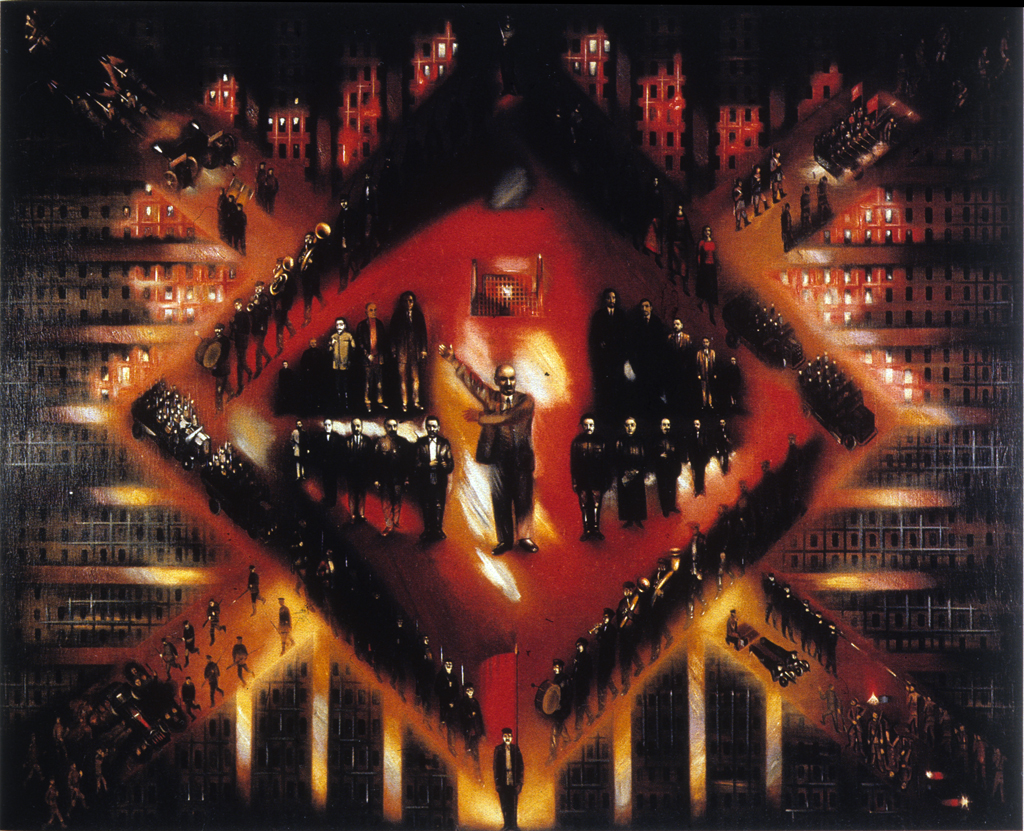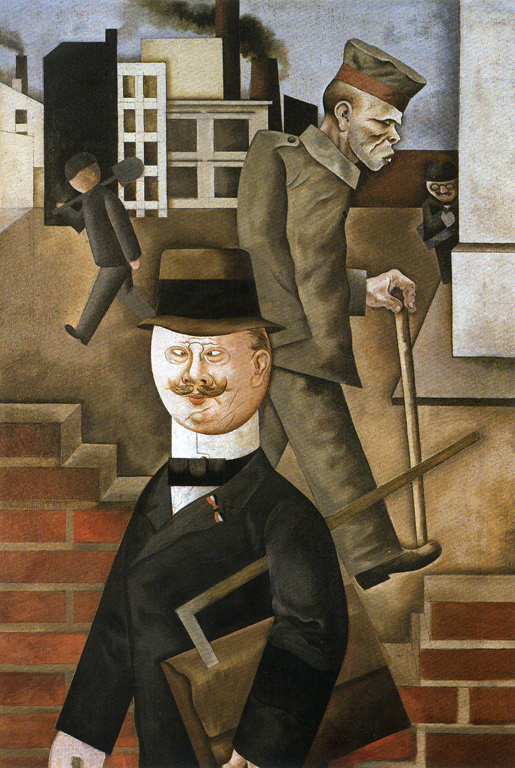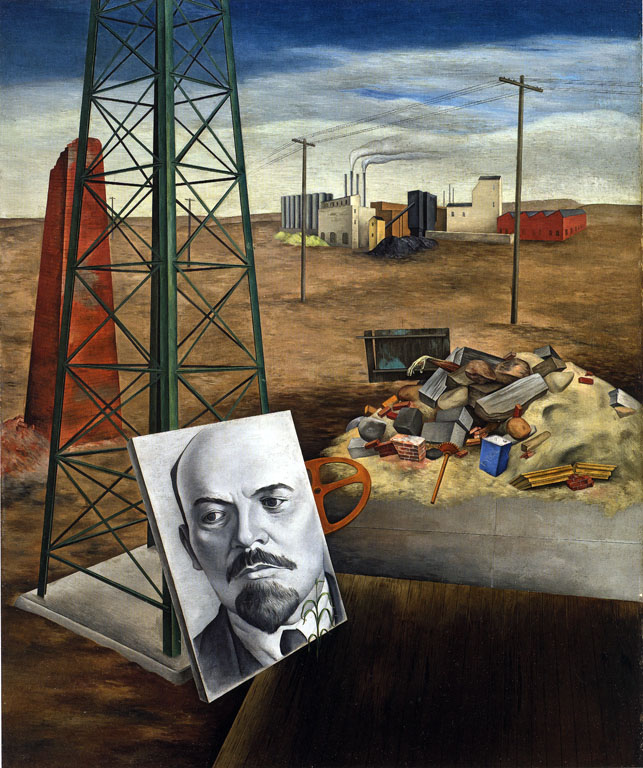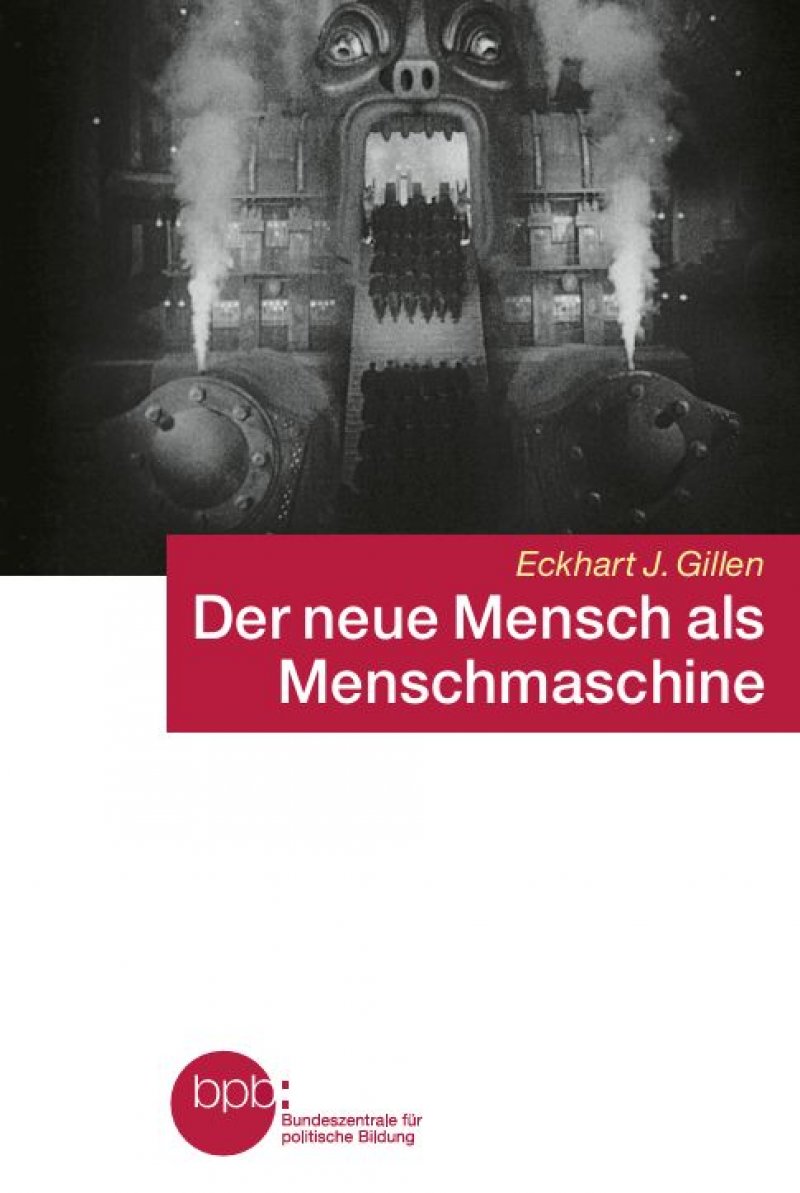

The New Man as Man Machine
A Book Talk by Eckhart Gillen, Berlin
January 24, 2024 @ 12:00 pm - 1:00 pm
| FreeFifteen years after the great financial crisis of 2008, which shook the capitalist economic system in America and Europe to its foundations, the book “The New Man as Man Machine” presents, for the first time, the interrelationship of art and political economy in the Weimar Republic, the Soviet Union, and the United States of America during the interwar period. By taking a look back at the 1920s and 1930s, it attempts to better understand our own era and its well-founded fears with regard to globalization and a new global economic crisis.
Image above: Kliment Redko, Aufstand, 1924-25
This project focuses on how artists reacted to the central questions of the political economy in these three paradigmatic cultures and national economies of the interwar years. How did they deal in the United States, for example, with the question: Can free markets advance people’s “pursuit of happiness” better than the state in the form of a controlled capitalism or state capitalism? Is the process of consistently economizing and rationalizing all areas of life—as well as the technical-industrial progress, the deregulation, and the global effects of an international market that makes all traditional bonds, regions, and localities disappear—compatible with a dignified life? Or are there alternatives? Can a rational, socialist planned economy overcome the negative consequences of capitalism? Does the world of machines demand a new type of human being or is a humanizing of work on machines conceivable? Alternative models for a state-guided economy were developed in the Soviet Union. In the German Empire and the United States, National Socialism and the New Deal both began simultaneously in March 1933. Roosevelt, however, only planned a temporary suspension of the global market policy, while Hitler aimed for a permanent policy of autarky.
Max Beckmann, The Granate, 1915

George Grosz, Grey Day, 1921
While writing this book, the coordinates of world politics changed also dramatically. In February 2022 Russia invaded the Ukraine. We are currently experiencing a return of authoritarian regimes, right-wing populism, an impending trade war with customs duties, and growing xenophobia or even open racism. This is true for all three countries compared here. Parallel to the experience that Carl Einstein noted in 1930, definitions are once again shifting “imperceptibly” and “invisibly.” The long-forgotten novel It Can’t Happen Here by Sinclair Lewis (1935)—which describes, instead of Roosevelt’s reelection in 1936, the victory of a right-wing radical by the name of Berzelius (Buzz) Windrip, who establishes a fascist dictatorship— gained new topicality in America after Trump’s election victory and has been reprinted in Germany as well.

Piotr Wiljams, Portrait Meyerhold, 1925

Gustav Klucis, Spartakiade Moskau, 1928
From the perspective of today, it can therefore be shown that a society in a particular situation gets exactly the art it requires so as to reflect on its situation. For the period of time selected, this is the technology-affirming, streamlined art of Neue Sachlichkeit (New Objectivity) in Germany, while it corresponds with Precisionism in the United States, and with the dynamic urbanism of the Society of Easel Artists (OST) in the Soviet Union. Artists reacted to the great crisis of 1929 with Regionalism, Native Art, and Socialist Realism. All three art movements attempted to once again blur the hard contrasts of modern life and to address traditional values, such as a commitment to rural life, family, and community.

O. Louis Guglielmi, Mental Geography, 1938

Philip Evergood, Dance Marathon, 1934



